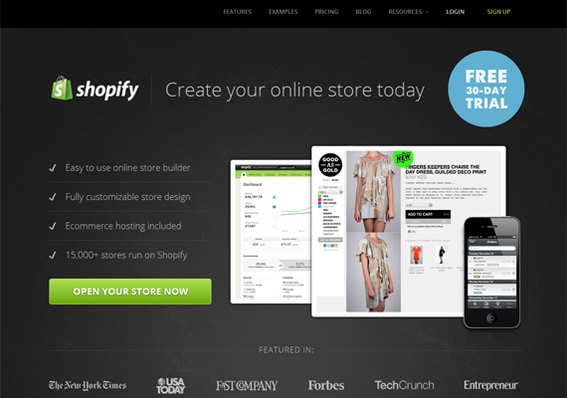
But at the recommended 2048 x 2048 px size, they will do it without losing any significant quality, letting shoppers see the finer details of your product. You can upload images as small as 800 x 800 px, as this is the lowest resolution at which visitors will still be able to zoom in on product images. For Zemez themes we recommend no less than 1000px width. Note: The best Shopify product image size is 2048 x 2048 px for square images. Customs Information - customs authorities use this information to calculate duties when shipping internationally.Weight - set the weight of the product.Continue selling when out of stock - enable/disable.Barcode - set the ISBN, UPC, GTIN, etc.Inventory - a quantity of a particular product in store:.Cost per item - price of the product including buyer fees.Charge tax on this product - eneble/disable if the tax will be charged.Compare at price - show a reduced price.Pricing - the product price and tax rules settings:.Can include data in the format of an image, text, video, links, etc.


Description - information about the product.In order to create a new product page, in your Shopify admin panel go to Products -> Add products This option will work with: product item, quick view, product page.Ĭheck the information about Variants - Official Documentation. You can add such variants in the products as: size, color, material. Create a Product Pageīefore adding products to your Shopify store, check the information by the link Products - Official Documentation. It helps to answer questions, provide reviews, allow product comparison, and facilitate the buying process. It includes different features like price, sizes, specs, colour, manufacturer and more. A Shopify product page is a page on your online store that lays out all the details of a given product. We preemptively are adding our file and script paths and will create the corresponding files afterward. This is Dawn’s default product template for all products. Set Up Product Template Fileīack on the left side menu, located under the ‘Sections’ folder, find ‘main-product.liquid’ and open it. They’re both optional but could give you a head start in styling your carousel/slider. The above example does not include the Slick Theme CDN or Bootstrap CDN. Paste the two CDN snippets above line 32. When ‘theme.liquid’ loads on the right side of your window scroll down to line 32. Locate the ‘Layout’ folder and select ‘theme.liquid’.
#Shopify product image carousel code
This is where we will edit all code items going forward. The main browser window should reload with your Themes information on the right side.įind and select the ellipsis (the ‘…’) next to the ‘Customize’ button. A drop-down will appear, and ‘Themes’ should automatically be selected and highlighted if not, click on ‘Themes’. On the left side menu, locate ‘Sales channels’ and select ‘Online Store’. However, it is highly recommended to look into alternative methods of including Slick and jQuery-like packaging it up with npm). (If you’re using Shopify’s CLI, Shopify’s ‘theme-check’ may yell at you for using a CDN - we’re using it for the sake of this tutorial. Find the latest CDN for Slick found here as well as the latest stable release of jQuery CDN found here. Next, we need the Slick Carousel files and jQuery. You can either follow Shopify’s help document about backing up your store here or use one of the many available apps that creates a backup for you here.

#Shopify product image carousel how to
Please see this link if you don’t know how to add a product with variants and options.Įnsure that your Shopify store is backed up. This tutorial strips everything back to Dawn’s bare bones to show the solution to our challenge (see figure below), in addition to a product add with variants, options and images. Essentially two sliders would be needed with the ability to filter simultaneously to match the Shopify option variant choice that was clicked on. Our team challenged itself to create a slider that would show the main product feature image (and main variant images) with a group of thumbnail images below it that also had the capability of sliding. Recently, we used Shopify’s Dawn theme on a client project and heavily modified it, making it almost unrecognizable from the Dawn basic theme. Having a slider for the product page is one of those customizable elements. And as expert Shopify developers, that’s exactly what we like to do. You can use a default Shopify template, however, customizing a template will make your business stand out. As more enterprises use Shopify’s platform, the need for customization increases. Shopify has become one of the top eCommerce Platforms to support running a business.


 0 kommentar(er)
0 kommentar(er)
